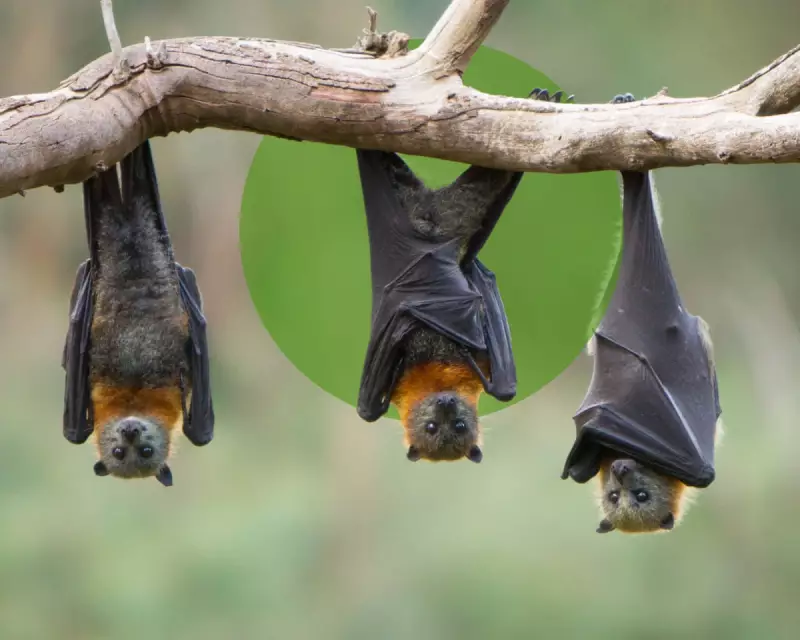
As dusk settles over Australian suburbs, nature's most remarkable nighttime acrobats are preparing for takeoff. Flying foxes, often misunderstood and unfairly maligned, are increasingly making their homes in urban areas – and there's plenty residents can do to welcome them.
Why Our Cities Are Becoming Bat Havens
Urban development continues to reshape the Australian landscape, fragmenting the natural habitats these fascinating creatures call home. As their traditional feeding grounds disappear, flying foxes are demonstrating remarkable adaptability by moving into suburban areas where flowering and fruiting trees provide essential sustenance.
The Unsung Heroes of Our Ecosystem
These nocturnal mammals play a crucial role that often goes unnoticed. Flying foxes serve as vital pollinators and seed dispersers, travelling incredible distances each night and contributing significantly to forest regeneration. Without their nightly efforts, many of our native plants would struggle to survive.
Simple Ways to Support Your Local Bat Population
- Plant native species – Choose flowering eucalypts, melaleucas, and banksias that provide natural food sources
- Create water stations – Shallow bird baths or purpose-built drinking stations can be lifesavers during dry periods
- Reduce light pollution – Install motion-sensor lights or use shields to direct lighting downward
- Keep cats indoors at night – Domestic pets pose significant threats to resting bats
- Avoid fruit tree netting – Use wildlife-safe netting with mesh small enough to prevent entanglement
When Bats Become Neighbours
While sharing space with flying fox colonies can present challenges, understanding their behaviour makes coexistence much easier. These social creatures are generally quiet during daylight hours and only become active at dusk. If a colony takes up residence nearby, remember they're likely temporary visitors following seasonal food sources.
What to Do If You Find a Bat in Distress
Never handle bats directly. If you encounter an injured or grounded flying fox, contact wildlife rescue organisations immediately. These trained professionals have the expertise and vaccinations required to assist these protected animals safely.
As we continue to share our urban spaces with Australia's remarkable wildlife, flying foxes remind us that even in our cities, we remain connected to the natural world. By making small adjustments to our gardens and habits, we can ensure these extraordinary creatures continue to thrive for generations to come.





